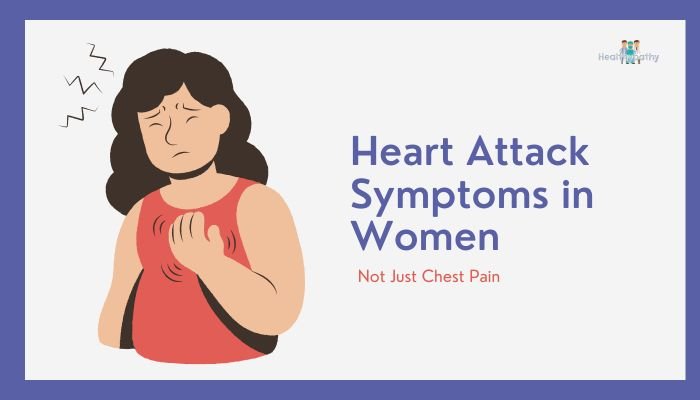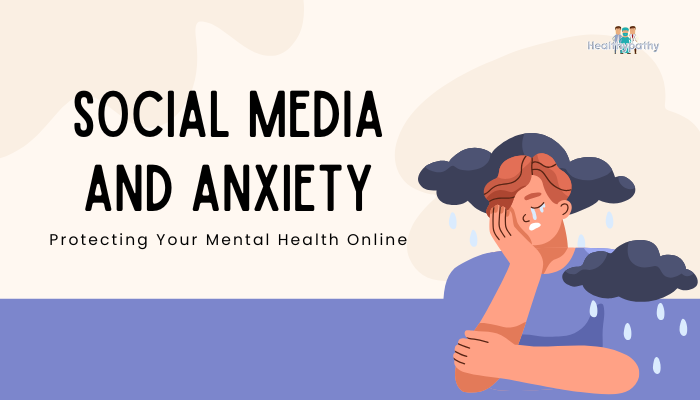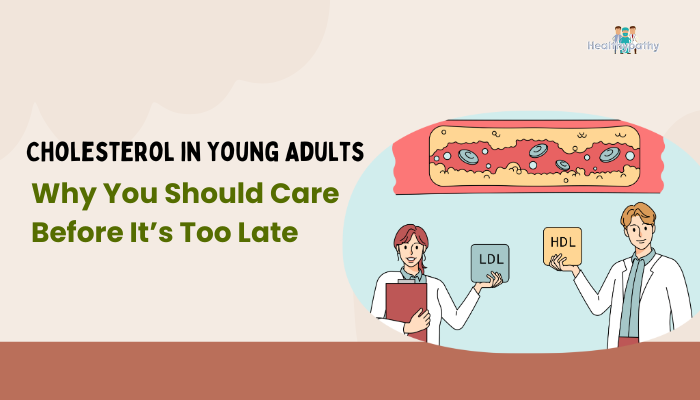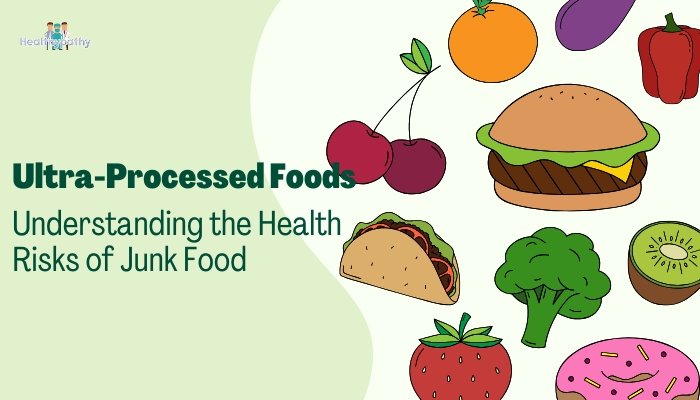Introduction
Heart disease is often regarded as a man’s issue, but it’s actually the leading cause of death for women. When thinking of a heart attack, most envision crushing chest pain, radiating down the arm. However, women’s heart attack symptoms can be more subtle—like fatigue, nausea, or jaw pain. Overlooking these signs can delay life-saving treatment. This article explores the unique ways heart attacks present in women, why differences exist, and what you can do to protect your heart health.
How Heart Attacks Happen
A heart attack occurs when blood flow through a coronary artery is blocked, depriving a section of the heart muscle of oxygen. This blockade typically arises from atherosclerotic plaque buildup, which can rupture, prompting a clot that obstructs blood flow. Prompt restoration of circulation is vital; the longer the muscle is deprived, the more damage occurs.
Women’s Risk Factors
While common contributors like high blood pressure, high cholesterol, smoking, and diabetes affect both sexes, certain factors heighten women’s risks:
- Hormonal Changes: Declining estrogen post-menopause might increase heart disease likelihood.
- Pregnancy-Related Complications: Conditions like preeclampsia or gestational diabetes can raise long-term cardiovascular risk.
- Autoimmune Disorders: Women are more prone to autoimmune diseases (e.g., lupus, RA), which can accelerate arterial damage
- Emotional Stress & Depression: Shown to have stronger associations with heart disease risk in women than men.
Understanding risk is the first step in taking proactive measures to prevent heart issues.
Typical vs. Atypical Heart Attack Symptoms
Classic Symptoms (Common in Both Genders)
- Intense Chest Pressure: Described as squeezing, fullness, or tightness in the center or left side of the chest.
- Radiating Pain: Often goes down the left arm or up the neck and jaw.
- Shortness of Breath: Worsening with physical activity or stress.
- Lightheadedness or Dizziness
- Cold Sweat (Diaphoresis): Feeling clammy or breaking out in sweat with minimal exertion.
Unique or Subtle Signs in Women
Women can still experience chest discomfort, but these other clues might overshadow or replace it:
- Unusual Fatigue: Extreme tiredness that persists or worsens with no obvious cause.
- Neck, Jaw, Shoulder, or Back Pain: Instead of the “classic” left-arm pain, discomfort might radiate to the upper body’s back or jaw.
- Shortness of Breath Without Chest Pain: Difficulty breathing could appear while resting or engaging in mild activity.
- Nausea and Vomiting: Some women assume they have food poisoning, indigestion, or a stomach bug.
- Feelings of Anxiety or “Doom”: A sense something is wrong, tied to dizziness or unexplained nervousness.
When these atypical symptoms emerge, women may not suspect a heart attack, delaying urgent care.
Why Women’s Symptoms Differ
Biological Factors
Differences in heart anatomy—such as smaller coronary arteries—and hormone fluctuations can influence how plaque forms or how the heart responds under stress. These distinctions partially explain the variable presentation in women.
Underdiagnosis and Misinterpretation
Women are more likely to minimize their discomfort or chalk up symptoms to fatigue, anxiety, or other benign conditions. Additionally, some medical professionals might look for “typical” male-pattern symptoms first, increasing the risk of misdiagnosis.
Role of Microvascular Disease
In some women, blockages develop in the smaller coronary blood vessels (microvasculature) rather than the main arteries. This can result in more diffuse pain and less dramatic EKG changes, making it tougher to confirm via standard tests.
Recognizing an Emergency
Know the Red Flags
If you notice:
- Sudden severe fatigue that’s out of the ordinary.
- Shortness of breath, especially with minimal exertion.
- Unexplained pain in your back, jaw, or neck.
- Irregular heartbeat or palpitations accompanied by lightheadedness.
- A sense of doom or severe anxiety, combined with other possible signs.
Never ignore persistent or worsening discomfort. Acting quickly can save heart muscle and potentially your life.
When to Call 9-1-1
A heart attack is always a medical emergency. Don’t self-diagnose or drive yourself to the hospital if you suspect acute cardiac symptoms. Call emergency services or have someone drive you. Time is heart muscle—every minute of delay can worsen heart damage.
Diagnostic and Treatment Approaches
Evaluating Heart Attack Symptoms
Healthcare providers typically use:
- Electrocardiogram (ECG/EKG): Looks for signs of reduced blood flow or arrhythmias.
- Blood Tests: Troponin levels can detect heart muscle damage.
- Imaging (Echocardiogram, Angiography): Pinpoints where arteries are blocked or how severely the heart is affected.
Acute Treatments
- Aspirin helps prevent further clotting.
- Nitroglycerin eases chest pain by dilating blood vessels.
- Clot-Busting Drugs (Thrombolytics) or Percutaneous Coronary Intervention (PCI) (angioplasty with stent) can restore blood flow.
- Oxygen, IV lines, and continuous monitoring to stabilize vitals.
Post-Hospital Management
Long-term treatment includes medications like beta-blockers, ACE inhibitors, statins, and lifestyle modifications (diet, exercise, stress reduction). Cardiac rehabilitation programs promote safe recovery and maintain heart health.
Preventive Measures for Women
Regular Checkups
Routine screenings detect issues early, especially if you have risk factors such as family history of heart disease, high blood pressure, type 2 diabetes, or high cholesterol. Discuss:
- Blood Pressure and Lipid Profile
- Blood Glucose (Diabetes Risk)
- Body Mass Index (BMI) and Waist Circumference
- Lifestyle Habits (Diet, Exercise)
Healthy Lifestyle Changes
- Nutrient-Rich Diet: Focus on fruits, vegetables, whole grains, lean proteins, healthy fats (omega-3).
- Consistent Physical Activity: Aim for at least 150 minutes/week of moderate-intensity exercise.
- Smoking Cessation: Tobacco use drastically raises heart risks.
- Stress Management: Chronic stress strains the heart—yoga, mindfulness, or counseling can reduce these effects.
Understanding Women-Specific Risks
Awareness around pregnancy-related complications (preeclampsia, gestational diabetes) or autoimmune disorders can help tailor your heart health plan. Communication with healthcare providers ensures a tailored, protective strategy.
Conclusion
Women’s heart attack signs often manifest differently than men’s and might not include the classic chest pain. Fatigue, back or jaw discomfort, and shortness of breath are examples of symptoms that can lead to life-threatening delays if dismissed. By recognizing these atypical presentations and seeking immediate medical help when needed, you can reduce heart attack damage and improve survival chances.
Staying vigilant, knowing your personal risk factors, and adopting heart-healthy habits offer the best defense against cardiovascular disease. Talk with your doctor about screening tests and strategies to keep your heart strong—your life could depend on it.
References
- American Heart Association. Go Red for Women: Know the Signs of a Heart Attack in Women. (Accessed June 2025).
- Vaccarino V, Badimon L, Corti R, et al. Ischaemic heart disease in women: are there sex differences in outcomes? Eur Heart J. 2021;42(24):2468–2476.
- Garcia M, Mulvagh SL, Merz CNB, Buring JE, Manson JE. Cardiovascular disease in women: Clinical perspectives. Circ Res. 2016;118(8):1273–1293.
- Mehta LS, Beckie TM, DeVon HA, et al. Acute myocardial infarction in women: A scientific statement from the American Heart Association. Circulation. 2016;133(9):916–947.
- DeVon HA, Hogan N, Ochs AL, Shapiro M. Time to treatment for acute coronary syndromes: the cost of indecision. J Cardiovasc Nurs. 2010;25(2):106–114.
- Mieres JH, Gulati M, Merz CN, et al. Role of noninvasive testing in the clinical evaluation of women with suspected ischemic heart disease: A consensus statement. J Am Coll Cardiol. 2014;64(4):291–301.
- Iyer M, Banneheka S, Khemka J, Salem G, Harrap S. Risk factor reduction in women with coronary heart disease. Curr Atheroscler Rep. 2023;25(4):150–158.







